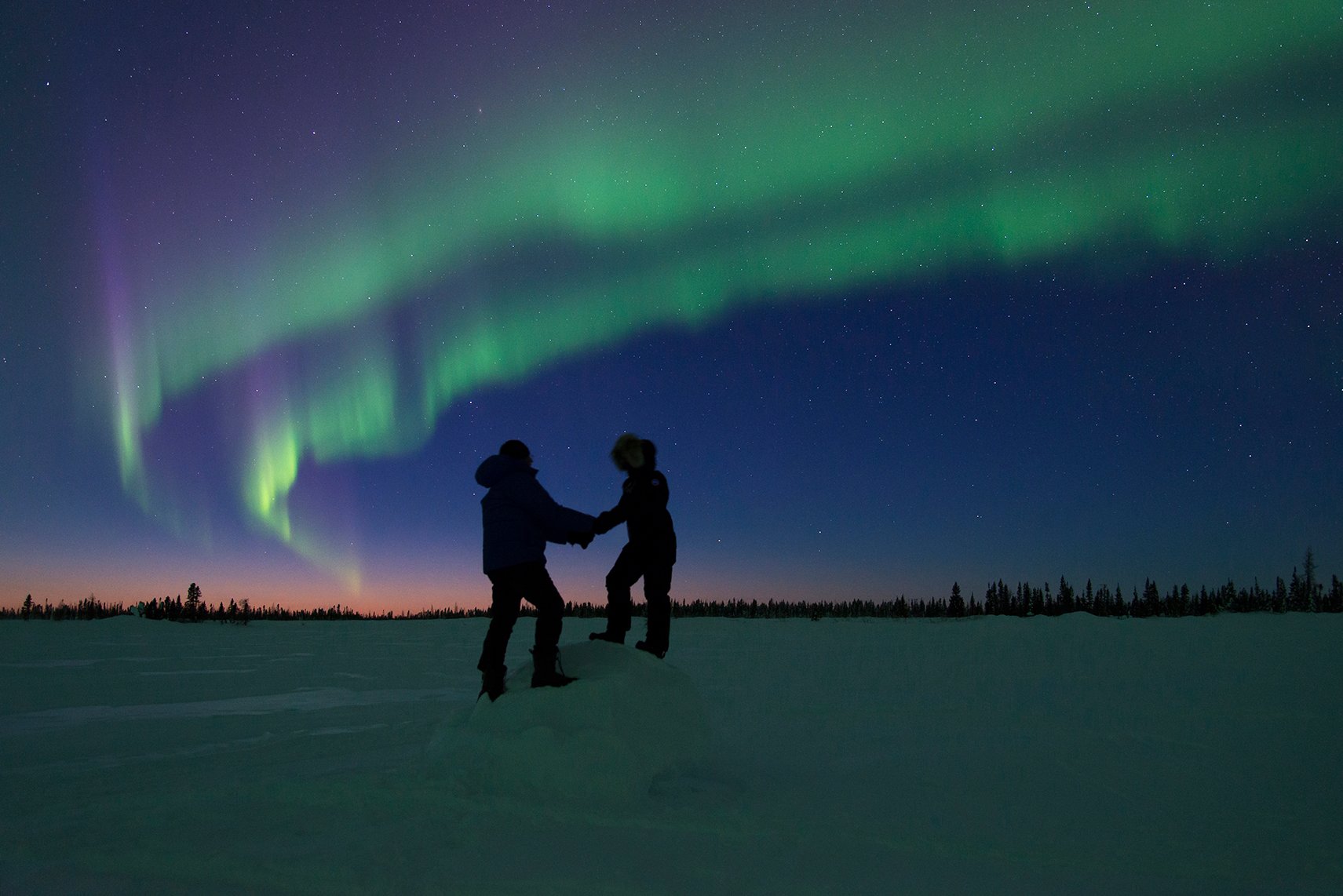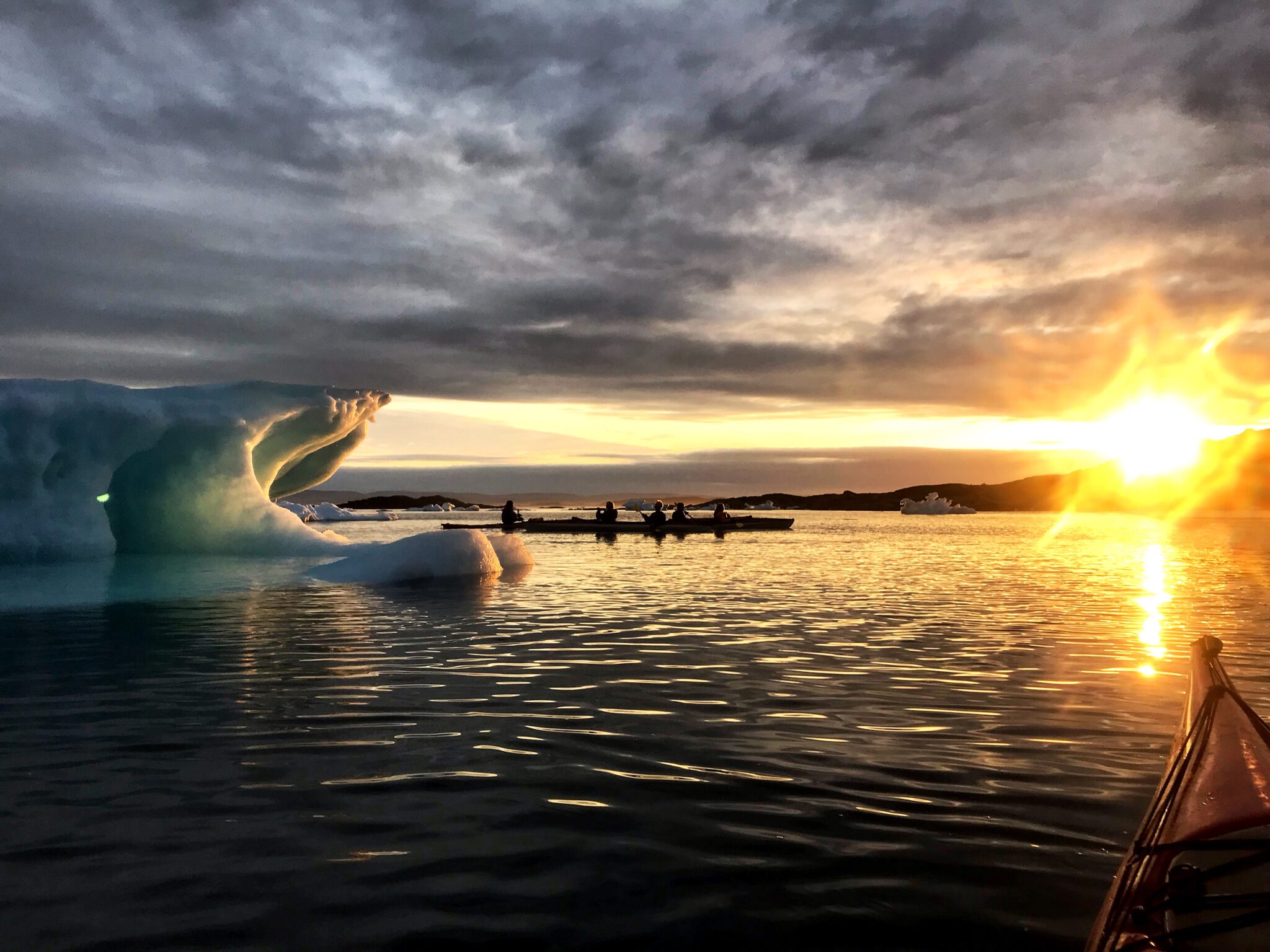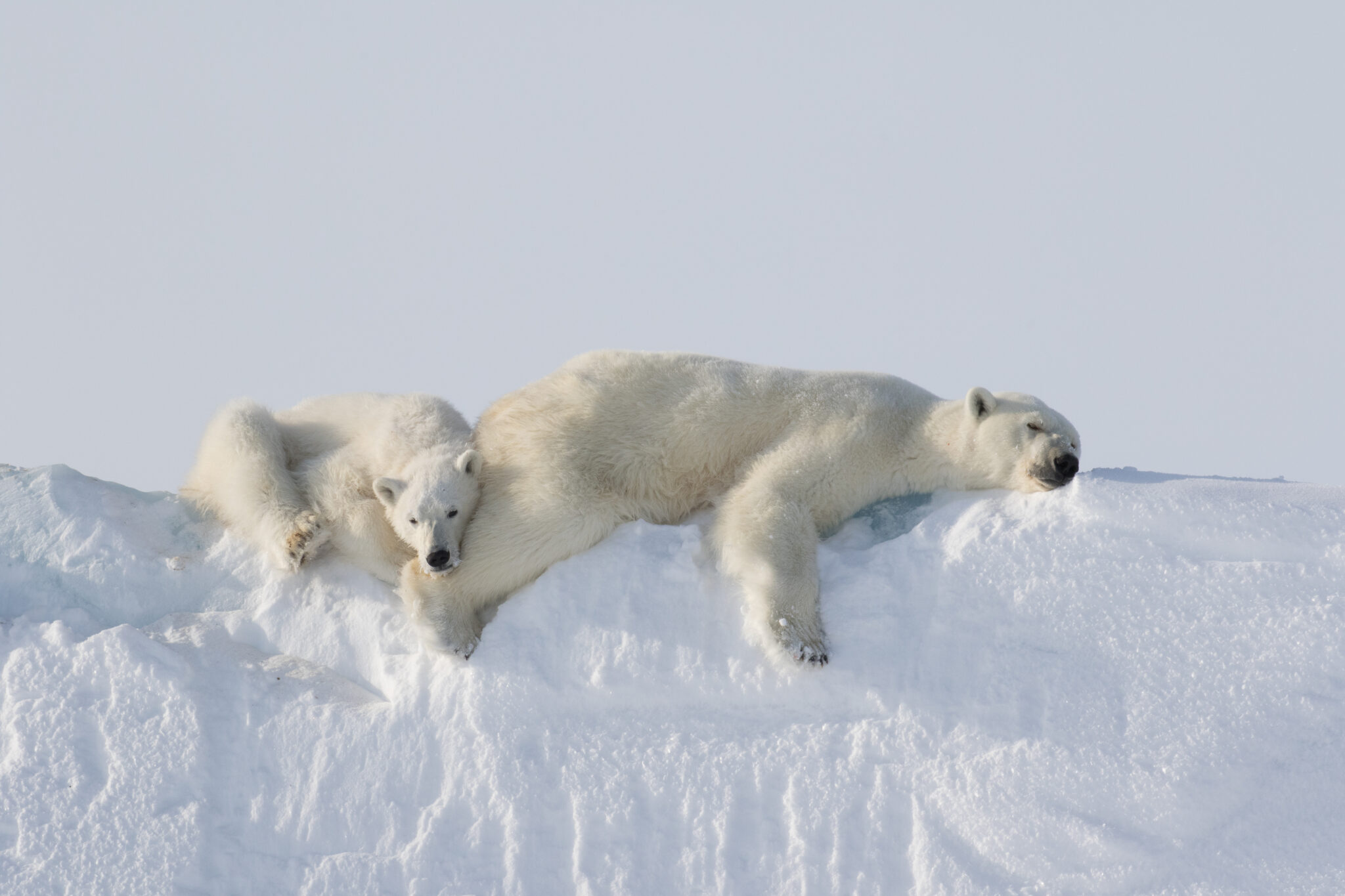One of the most iconic figures of the Arctic are the roaming polar bear. These kings and queens of the north have built a fascinating life revolving around the geography and environments of Baffin Island.
If you’re interested in learning more about these majestic and powerful animals than join us as we discuss fast facts about the polar bears of Baffin Island.
Home To 5 Subpopulations
One of the incredible things about Baffin Island is that more subpopulations call it home than anywhere else in the world. The island is surrounded by 5 subpopulations of polar bear out of the 19 subpopulations that circumnavigate the Arctic regions.
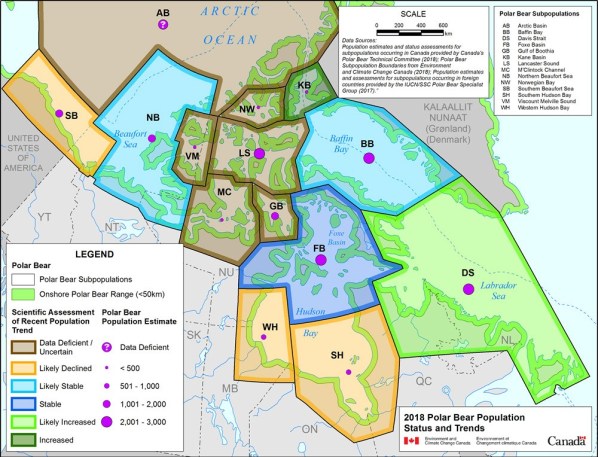
Subpopulations Are ‘Stable’ or ‘Likely Increased’
The main reason polar bears have been divided into subpopulations is so that we can more accurately study and track numbers. Fortunately, all of Baffin Island’s populations are either stable or likely increased.
Baffin Bay: Likely Increased Davis Strait: Likely Increased Foxe Basin: Likely Increased
Gulf of Boothia: Stable Lancaster Sound: Likely Increased
Polar Bears Rarely Travel Inland
Polar bears are so deeply linked and dependent on the water that they rarely have a reason to travel inland. This deep connection to the water is why polar bears are actually classified as marine mammals. Since their entire food source comes from these icy seas, they like to stay close to it and why subpopulations tend to revolve more around a body of water rather than land. Generally, the only reason a polar bear goes inland is when a mother bear needs to build a safe maternity den for their little cubs. Once the cubs are born, mothers will guide the family back to the shorelines so they can begin feeding.
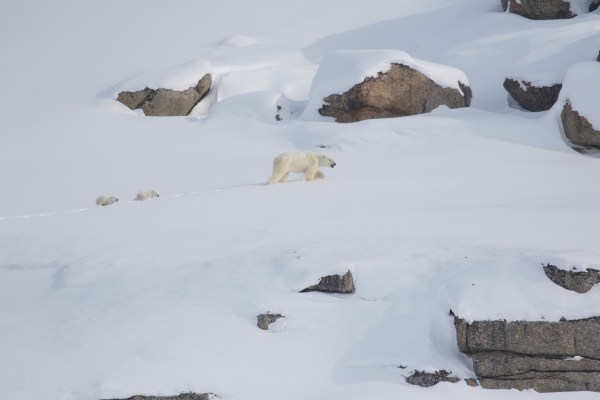
Main Food Staple Is Seal
While polar bears are willing to eat whatever they can get their hands on from roots to muskox, however, their favourite meal is seal. Polar bears are evolved to favour fat over carbohydrates, so the blubber content of a seal is the best source of energy and subsistence weight gain. While they are happy with a meal of walrus or even whales, polar bears try to limit their exertions to reserve their energy and weight and often will simply wait to catch a seal at its breathing hole in the ice.
Their Winter Home Is The Ice
As soon as the sea freezes over, this icy platform becomes a nearly endless habitat for polar bears. Polar bears have some of the largest domains and will travel incredible distances throughout the winter.
Since their primary hunting season is winter, when they can use the sea-ice to their advantage, they are most active at this time of year. Baffin Island’s proximity to large bodies of water that are notorious for their abundant marine wildlife make it a perfect home for so many polar bears.
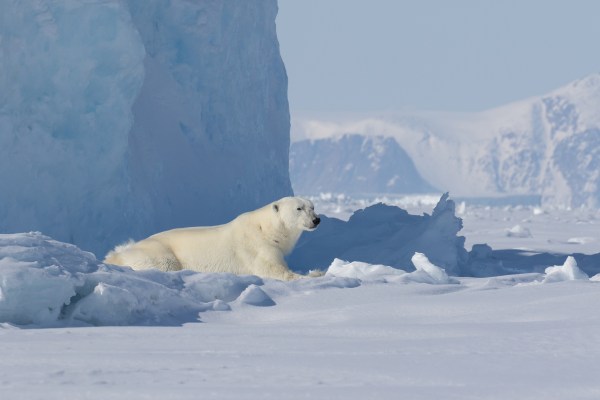
They Seem To Love The Arctic Cordillera Mountains
Once spring begins to emerge and the ice begins to retreat polar bears start to travel back towards the shorelines where they’ll spend the summer resting along shorelines and often swimming to stay cool.
But as you can see from the number of subpopulations that seem to hug the northern parts of Baffin Island, polar bears seem to prefer the rocky environment that the Arctic Cordillera Mountain Range creates in this part of the world. The secluded coves and difficult terrain might be appealing for the famously reclusive polar bears, but we can’t blame them for enjoying the breathtaking landscape that these towering peaks create.
Experience The Arctic On A Safari
Get chances to view elusive Arctic wildlife and experience the majesty of the Arctic on safaris almost year-round. View all Arctic Safaris here.
Ready for adventure? Contact our Arctic Travel Advisors to book.
Are you still curious about the many wonders of the Arctic or looking for more interesting content then explore more blogs here!
By: Mat Whitelaw


